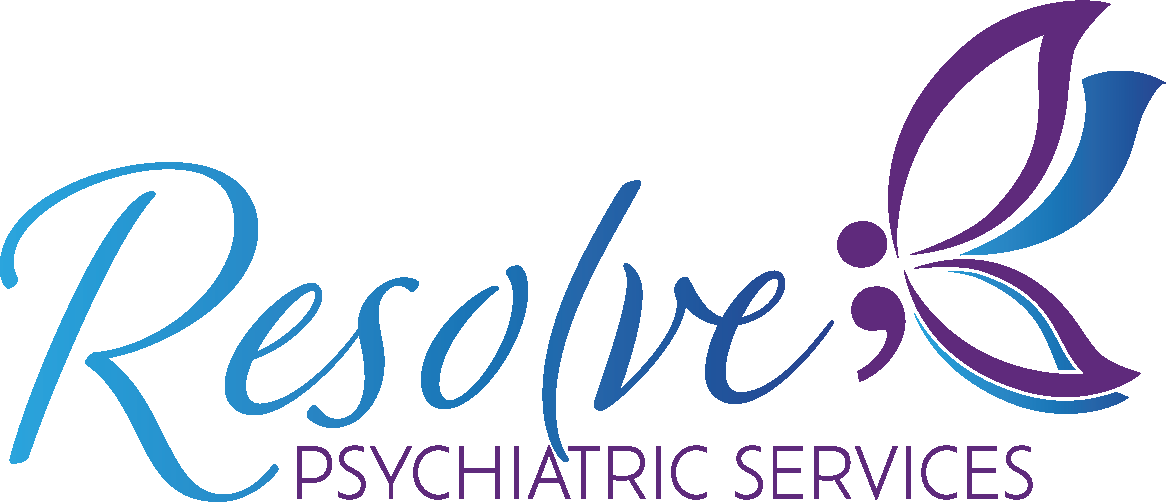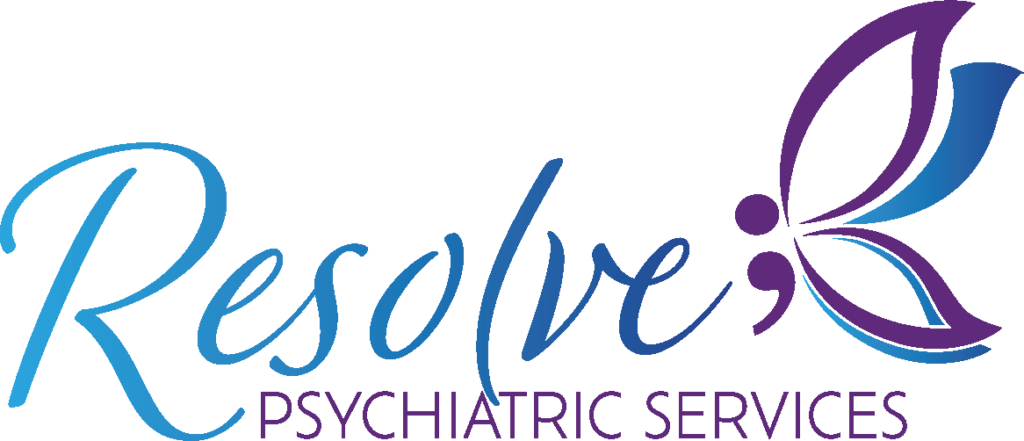
Introduction
ADHD affects people of all ages but is most commonly diagnosed in children by a depression dr near me. It is estimated that around 5-10% of children worldwide have ADHD, and around 50-60% will continue to experience symptoms into adulthood. It can make it challenging for children with ADHD to concentrate and complete tasks, particularly in a classroom setting.
As a teacher, it is essential to understand the unique needs of students with ADHD and provide them with the support they require to succeed academically and socially. In this blog post, we will explore the ins and outs of ADHD in children, along with its managing tips for teachers.
Diagnosis of ADHD in Children
Diagnosing ADHD in children can be challenging as the symptoms can be similar to other conditions, such as anxiety, depression, and learning disabilities. A thorough evaluation by a healthcare professional or depression dr near me, including medical history, physical exam, and behavioral assessment, is required to diagnose ADHD in children.
The diagnostic criteria for ADHD in children, as outlined by the Diagnostic and Statistical Manual of Mental Disorders (DSM-5), include:
- Presence of six or more symptoms of inattention and hyperactivity-impulsivity for at least six months
- Symptoms that interfere with academic, social, or occupational functioning
- Symptoms that are not better explained by another mental health or medical condition
Managing ADHD in the Classroom: Tips for Teachers
Here are some tips to help you manage ADHD in the classroom and create a supportive learning environment for all students.
● Create a Structured Learning Environment
Students with ADHD often struggle with unstructured environments with no clear plan or routine. As such, it is essential to create a structured learning environment that allows students to understand what is expected of them and what they can expect from you.
Create a daily schedule and display it prominently in the classroom. This schedule should include the times for all activities, such as class discussions, group work, and independent study. Make sure to stick to this schedule as much as possible, as students with ADHD rely on consistency and predictability.
● Use Visual Aids
Visual aids, such as diagrams, charts, and images, can be particularly useful for students with ADHD. These aids can help break down complex ideas into smaller, more manageable chunks, making it easier for students to understand and retain information.
For example, suppose you are teaching a lesson on the water cycle. In that case, you can use a diagram to show the various stages of the cycle. This visual aid can help students with ADHD understand the process more easily than if you were to explain it verbally.
● Incorporate Movement into Lessons
Students with ADHD often have difficulty sitting still for long periods, making it challenging to focus on lessons. Incorporating movement into your lessons can help these students stay engaged and focused.
For example, you can ask students to stand up and stretch after a long period of sitting, or you can incorporate movement into your lessons by having students act out a scene from a play or use physical activity to demonstrate a concept.
● Provide Frequent Breaks
Frequent breaks can be beneficial for students with ADHD, as they allow these students to recharge their energy and refocus their attention. Set aside time for short breaks throughout the day, and encourage students to take a few minutes to stretch, walk around, or engage in a quiet activity during these breaks.
● Provide Positive Feedback
Students with ADHD often struggle with self-esteem and may feel discouraged by their academic performance. Providing positive feedback can help these students build confidence and feel more motivated to learn.
When providing feedback, focus on the student’s strengths and specific examples of what the student did well. For example, you can say, “I really liked how you explained your thinking during the group discussion. You have great critical thinking skills.”
● Use Positive Reinforcement
Positive reinforcement can be a powerful tool for managing ADHD in the classroom. This technique involves rewarding students for positive behavior, such as completing an assignment on time or participating in a class discussion.
Rewards can be as simple as verbal praise, stickers, or extra privileges, such as choosing a book for the class to read or leading a group activity. Be consistent with your rewards, and make sure they are attainable and meaningful for students.
● Provide Individualized Support
No two students with ADHD are the same; each student may require different support to succeed in the classroom. As such, it is essential to provide individualized support to each student with ADHD, as depression dr near me suggests.
Meet with these students individually to discuss their needs and develop a plan to support their learning. This plan may include accommodations, such as extended time on assignments or access to assistive technology.
● Use Multimodal Instruction
Students with ADHD may have different learning styles and preferences, so it’s essential to use various teaching methods and modalities to accommodate these differences. Use a combination of visual, auditory, and kinesthetic learning activities to engage all students in the classroom.
For example, you can use videos of depression dr near me to provide visual reinforcement of key concepts, play recordings of lectures or readings for auditory learners, and incorporate hands-on activities and experiments for kinesthetic learners.
● Encourage Collaboration and Peer Support
Collaboration and peer support can be beneficial for students with ADHD, as they allow these students to learn from and support one another. Encourage group work and collaboration during class activities and projects.
You can also assign peer mentors to students with ADHD who may need extra support. These mentors can help the students stay on task, organize their assignments, and provide additional academic and emotional support.
● Communicate with Parents and Caregivers
Communication with parents and caregivers is essential for managing ADHD in the classroom. These individuals can provide valuable insight into the student’s needs and challenges outside the classroom.
Establish regular communication channels, such as email or parent-teacher conferences, to discuss the student’s progress and any issues that may arise. Ask for feedback from parents and caregivers on how best to support the student and involve them in developing strategies for managing ADHD in the classroom.
● Be Patient and Flexible
Managing ADHD in the classroom can be challenging and requires patience and flexibility. Students with ADHD may struggle with focus, attention, and organization and may require additional support and accommodations to succeed.
Be patient with these students and offer encouragement and support. Be flexible in your teaching methods and strategies, and be willing to make adjustments as needed to accommodate individual needs.
● Seek Professional Support
Finally, it’s important to seek professional support when managing ADHD in the classroom. Consult with school counselors, psychologists, and other specialists, such as a depression and anxiety psychiatrist near me, who can provide additional guidance and support.
These professionals and doctors near me for depression can help you develop strategies for managing ADHD in the classroom, provide training on working with students with ADHD, and offer referrals for additional support and resources.
ADHD Medication and Non-Medication Strategies
One of the biggest challenges for children with ADHD is managing their symptoms. Medication is often prescribed to help with symptoms but is not a cure-all. Many non-medication strategies, such as behavioral therapy, organizational tools, and lifestyle changes, can be helpful.
● Medication
Stimulant medications such as amphetamines and methylphenidate are the most commonly prescribed medications for treating ADHD in children. These medications work by increasing the levels of neurotransmitters in the brain, improving focus and attention. Non-stimulant medications like guanfacine and atomoxetine might be prescribed in some cases.
● Behavioral Therapy
Behavioral therapy can be very effective in helping children with ADHD learn new strategies for managing their symptoms. This can include breaking tasks down into smaller steps, using visual aids to help with organization, and developing routines and habits to stay on track.
● Organizational Tools
Organizational tools can also be very helpful. This can include using a planner or calendar to keep track of appointments and deadlines, setting up reminders on a phone or computer, and creating to-do lists. Some children with ADHD find that color-coding or labeling items can help them stay organized.
● Lifestyle Changes
Lifestyle changes can also make a big difference for children with ADHD. Getting enough sleep, eating a healthy diet, and regular exercise can help manage symptoms. Many children with ADHD also find that mindfulness techniques like meditation or yoga can help reduce stress and improve focus.
Conclusion
Managing ADHD in the classroom requires a comprehensive and individualized approach that addresses the unique needs of each student. While there is no cure for ADHD, many strategies and resources can help manage symptoms and improve quality of life. It is important to remember that ADHD is a legitimate disorder that requires understanding and support. Children with ADHD are not lazy or unmotivated but struggle with a disorder they have little control over. With the right resources and support from the best depression psychiatrist near me, children with ADHD can thrive and live fulfilling lives.







